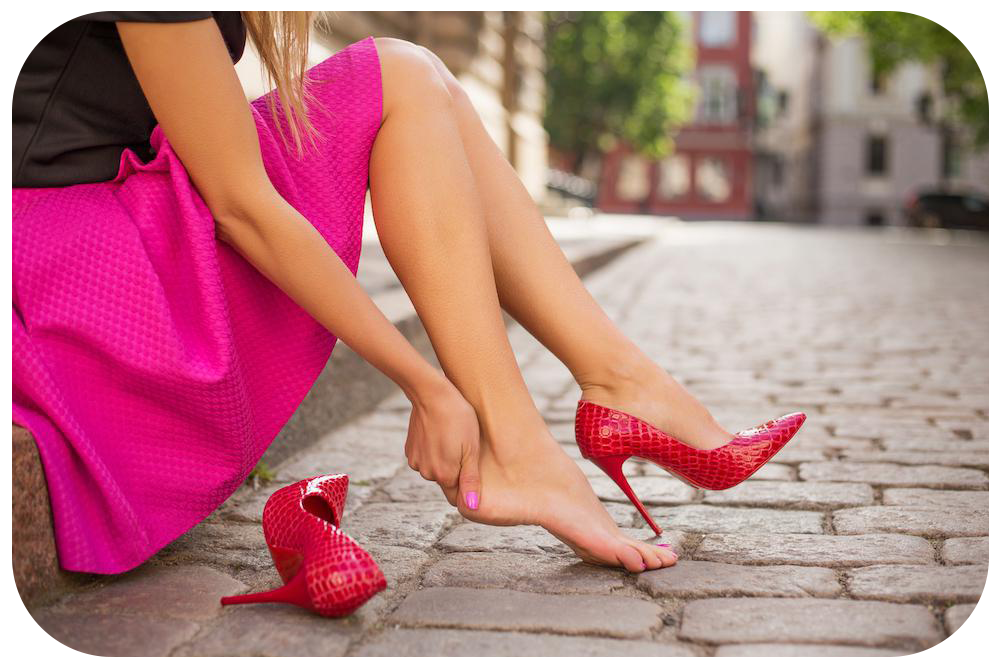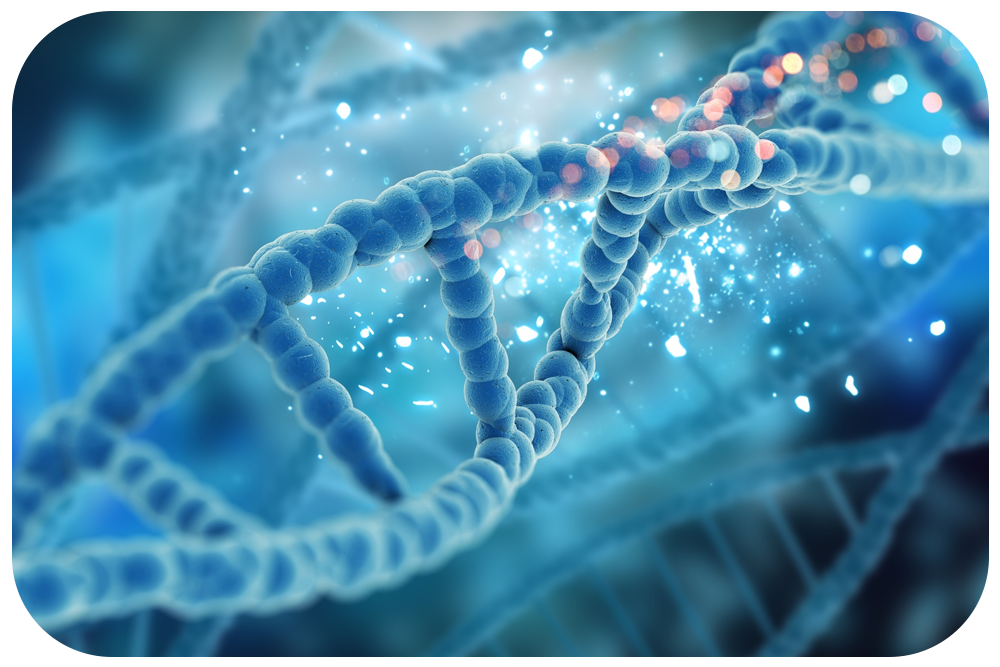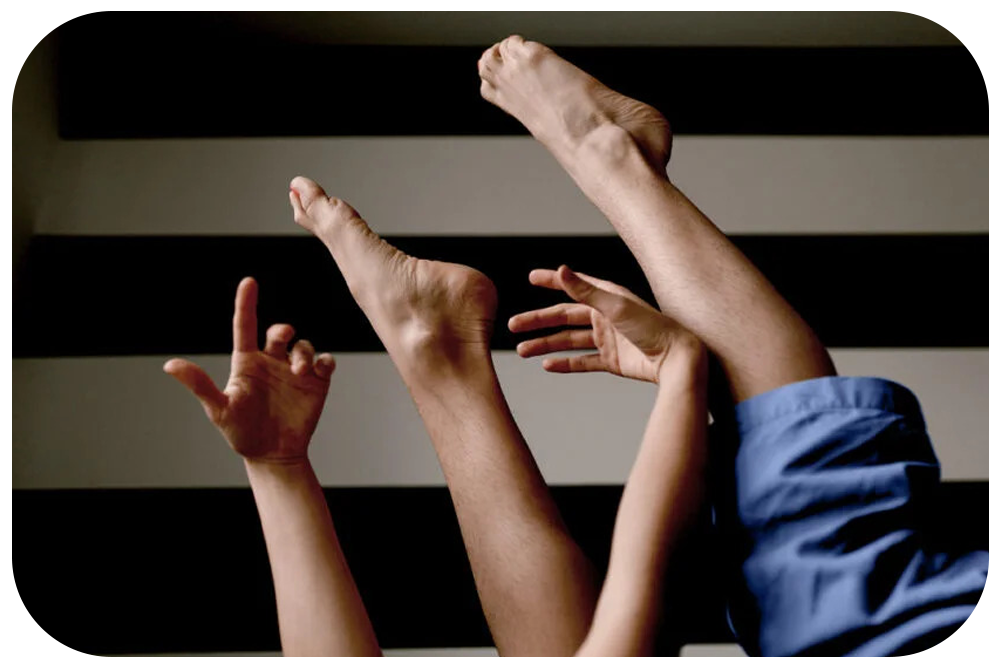
What Is A Tailor’s Bunion?
A tailor’s bunion is a bump that forms on the outside of the foot at the joint of the little toe. The condition gets its name because tailors were required to sit cross-legged on the floor for long periods, and this position put extra pressure on the small toe joint. Tailor’s bunions can also be called bunionettes.
Tailor’s Bunion Symptoms
Many people can develop a tailor’s bunion without experiencing any pain from the condition. However, when the bump grows, the skin around the area can rub on shoes and become sore and irritated.
Once a bunionette becomes painful, the walking gait can change, and calluses may form due to the change in pressure distribution over the underside of the foot.
What Causes Bunions?
Tailor’s Bunions and bunions of all types are extremely common – it is estimated that 1 in 3 adults will experience bunion pain at some point in their lives. Bunions are most commonly caused by:
Improper or Ill-Fitting Footwear
Wearing shoes that are too tight, such as high heels or narrow styles that squeeze your toes, can lead to bunions (hallux valgus deformities). Healthcare providers often recommend choosing shoes with extra room to prevent toe cramping and issues like bunions caused by tight footwear. Additionally, it’s smart to avoid wearing high heels and overly tight shoes for extended periods of time to reduce the risk of developing bunions and other foot problems.
Genetics
While bunions themselves are not hereditary, one common cause is the genetic shape of your foot. If your foot structure puts pressure on your big toe, you’re more likely to develop a bunion. Other genetic factors, such as hypermobility or a tight Achilles tendon, can also increase the risk of bunions. Although bunions aren’t directly inherited, various genetic factors can raise the likelihood of developing them.
Joint Conditions
Rheumatoid Arthritis and similar conditions that cause bone and joint pain can lead to additional issues like bunions. This occurs because Rheumatoid Arthritis can cause the body to attack the lining of the big toe joint, leading to ligament and joint instability. The similarities between the symptoms of Rheumatoid Arthritis and bunions can make it challenging to diagnose bunions without a proper medical examination. If you have Rheumatoid Arthritis or other similar conditions, you have a higher risk of developing bunions compared to those without such conditions.
Activities or conditions that consistently apply pressure or stress to the big toe joint can also increase the risk of bunions.
Treating Tailor’s Bunions
When left untreated, tailor’s bunion pain can get worse. Bunions that are not removed or treated can hinder people from resuming everyday activities such as walking, driving, and wearing their favorite shoes.
Options for treatment include:
Home Bunion Treatments
Many people who experience tailor’s bunions first look to non-surgical treatments to address the problem. There are a number of potential ways to treat a bunion or a bunionette, however, it’s important to remember that no at-home method can effectively treat the root cause of or cure a tailor’s bunion. These treatments are designed only to alleviate some of the symptoms associated with bunions. For instance, bunion pads or cushions can be used to lessen bunion pain when walking. Since the pads work to cut down on the friction between the shoe and the bunion, the pain may not be as severe.
To sum up, at-home treatments may be worth trying in a pinch, but if you’ve suffered from bunion pain for months or years, you might require surgery.
Minimally Invasive Surgery
At The Bunion Cure Surgery Center, our minimally invasive surgical procedures have replaced the need for traditional bunion surgery. Minimally invasive bunion surgery is an outpatient procedure that is quick, painless, and effective in the permanent removal of bunions. Many patients are able to drive home following the surgery. Plus, individuals with office jobs will likely be able to return to work right away. Minimally invasive surgeries don’t leave massive scars along the side of the foot, and they don’t require extensive rest or 6-12 months of recovery time. Instead, most patients will only have to wear a protective shoe for a few weeks following the procedure.


